The CCBE has dipped its toe into the world of Twitter. In our office, we had all heard of it and its impact on the world, but none of us had ever used it. It was like the introduction of the first telephone into companies nearly a hundred years ago: we sat open-mouthed as the staff member who is operating our account described how it works.
First, there is the question of language. We work in two languages, English and French. It appears that none of the major international organisations – I am happy to stand corrected if you find one – tweets in anything more than one language, English. I find that shocking. The European Commission, for instance, has a budget of millions for translation, yet apparently tweets only in English; similarly, the United Nations. It is not possible to have two accounts in the same name, and so if you are going to tweet bilingually, you have to cram the message into the given 140 letters (difficult), send the same message twice, once in each language (messy), or use two separate accounts under different names (confusing). We are tweeting in both English and French, and use a mixture of the first two methods.
To our surprise, our username, CCBE, was already taken. As I mentioned, you cannot have two CCBEs on Twitter. The original user seems to be a person in North America who stopped tweeting over a year ago. I assume our initials were some kind of acronym for his own name. I am not aware of any kind of tribunal which resolves these Twitter disputes – again, tell me if you know what to do – and so we had to find an alternative name. Bilingualism is vital, our name is crucial as part of our message (CCBE being usefully the same in both languages), and it is almost impossible to find a username which satisfies such strict requirements. We eventually decided to use the name of our quarterly newsletter, CCBEinfo, which works in both languages and was arrived at some years ago after much head-scratching.
We are beginning to find how the world is shifting under our feet through social media. For a start, we now know who follows us, and are told as each follower arrives. With no other communication to the wider world do we find out straight away and with such exactness who is reading our messages. That enables us to target better. A good example is the story carried in the Gazette last week about Viviane Reding, the Commissioner for Justice, intervening within the commission to ensure that mandatory membership of a bar was not accidentally interfered with by the commission in their zeal to obtain higher economic growth overall. This was a good news story, showing the power of having a separate commissioner for Justice looking after lawyers’ affairs. We tweeted the story, and shortly afterwards commissioner Reding – or rather the official who runs her Twitter account – became one of our followers.
The groupings which Twitter allows gives us access to an audience we would otherwise never reach. An example is another story covered by the Gazette last week: the unjustified imprisonment of the Iranian lawyer, Nasrin Sotoudeh, about whom we wrote a letter to the Iranian government. She is obviously much covered in the media, including on Twitter, and by putting a ‘#’ sign before her name, we were able to link our tweet to all other Nasrin Sotoudeh stories on Twitter, and so appear whenever people want to read about her. That would be impossible with more traditional media.
So, you can imagine us all now gathered around the Twitter computer waiting for it to ring. Well, not quite – but we feel our lives beginning to change with a new, networked technology.
Jonathan Goldsmith is the secretary general of the Council of Bars and Law Societies of Europe (CCBE), which represents around a million European lawyers through its member bars and law societies
- Visit the Gazette's blogs page for more Euro blogs

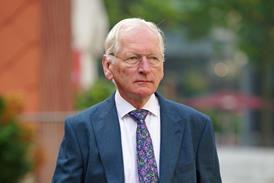



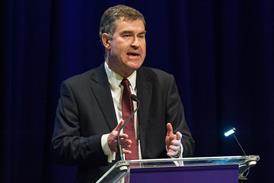


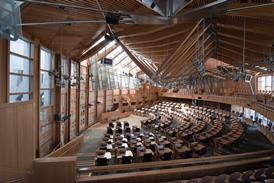
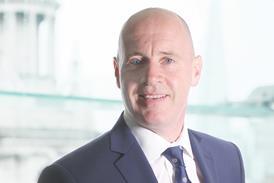
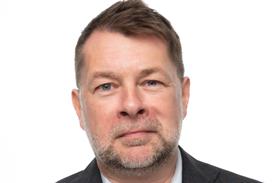

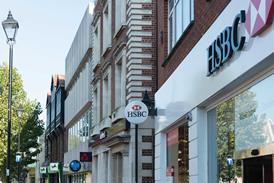




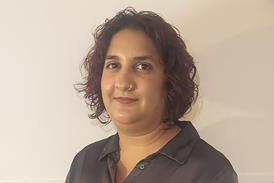

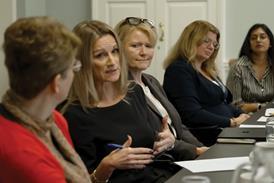







No comments yet